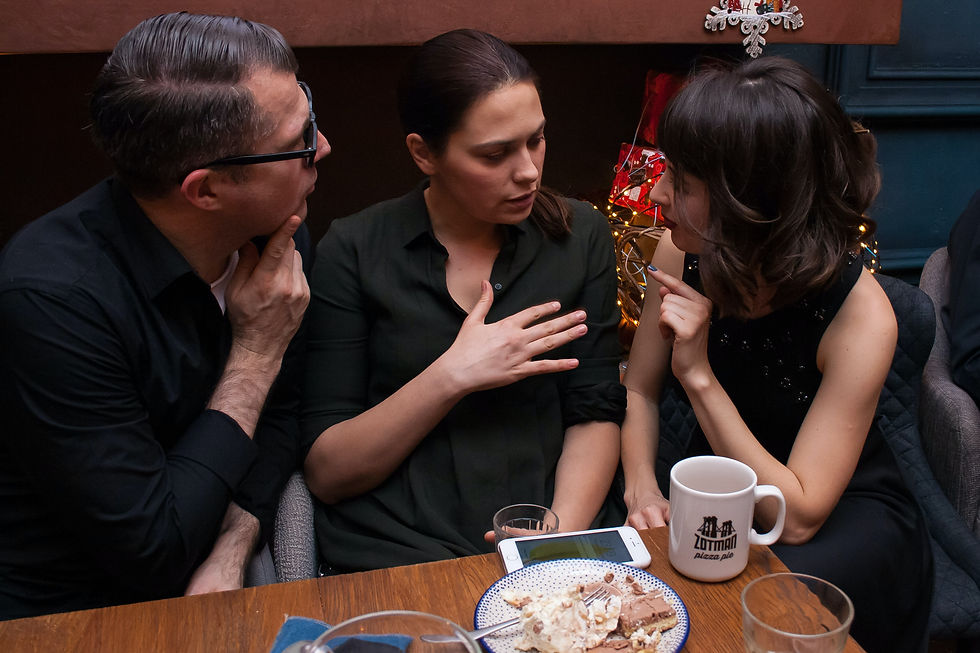Teaching Shapes
- Dual Dialects
- Sep 22
- 1 min read

How do you teach shapes to ELL learners or include the vocabulary into your curriculum? Teaching shapes is an important foundation for young learners! Learning shapes combines vocabulary, math skills, and real-world connections. When students learn to identify shapes such as circles, squares, triangles, and rectangles, they are not only expanding their language but also building math (geometry) skills. Using visuals, manipulatives, and everyday objects can help make these concepts concrete and engaging. For example, showing a circle with a ball or a rectangle with a book allows students to connect the abstract word to something familiar, making learning both meaningful and memorable.
In addition to recognition, teaching shapes also encourages problem-solving, critical thinking, and communication skills. Activities such as sorting shapes, creating patterns, or describing objects with shape words provide students with opportunities to use descriptive language and practice spatial awareness. Shapes can also be incorporated into art projects, songs, and games to make lessons interactive and engaging. By teaching shapes in a hands-on and creative way, teachers help students develop both academic and linguistic skills that serve as a foundation for future learning.



Comments